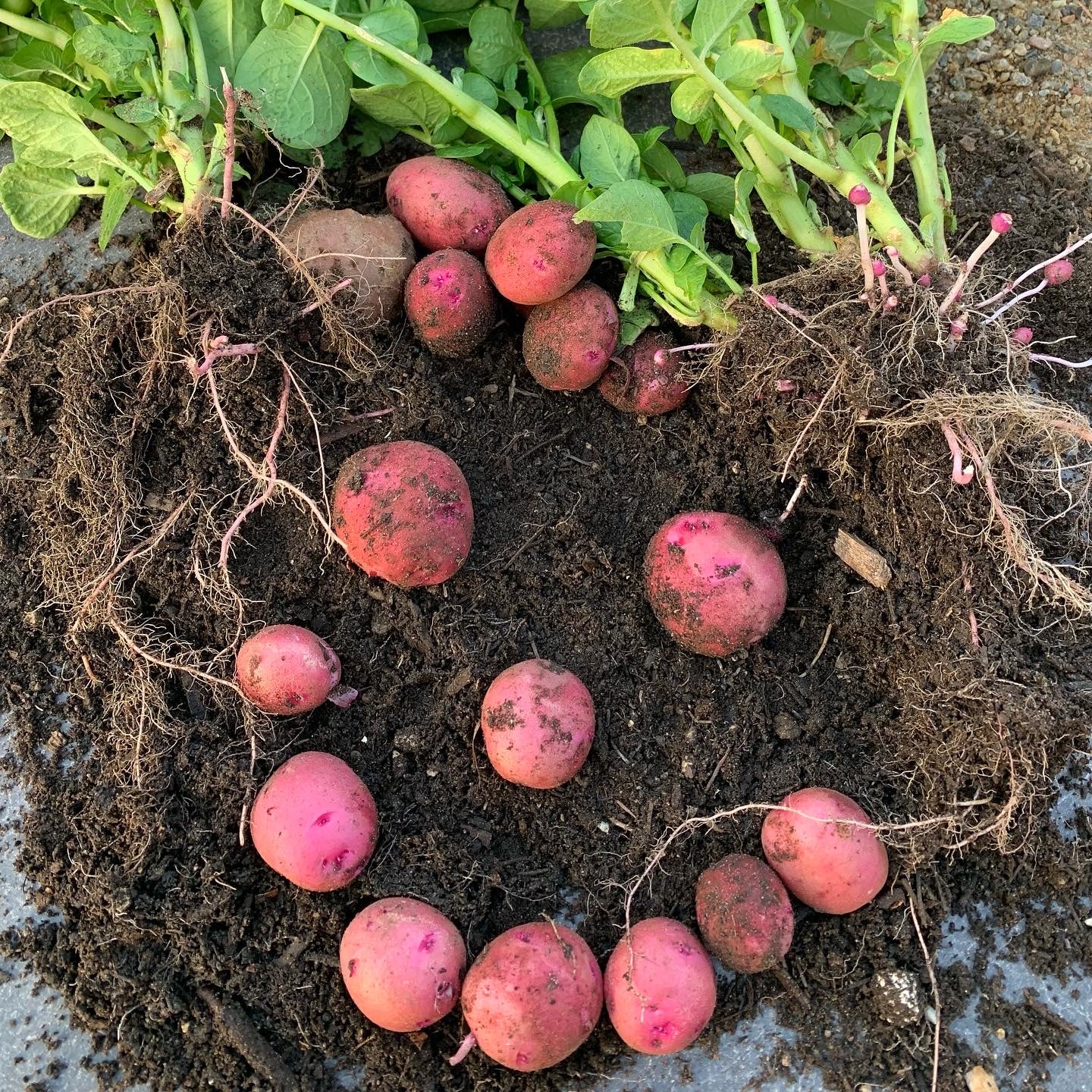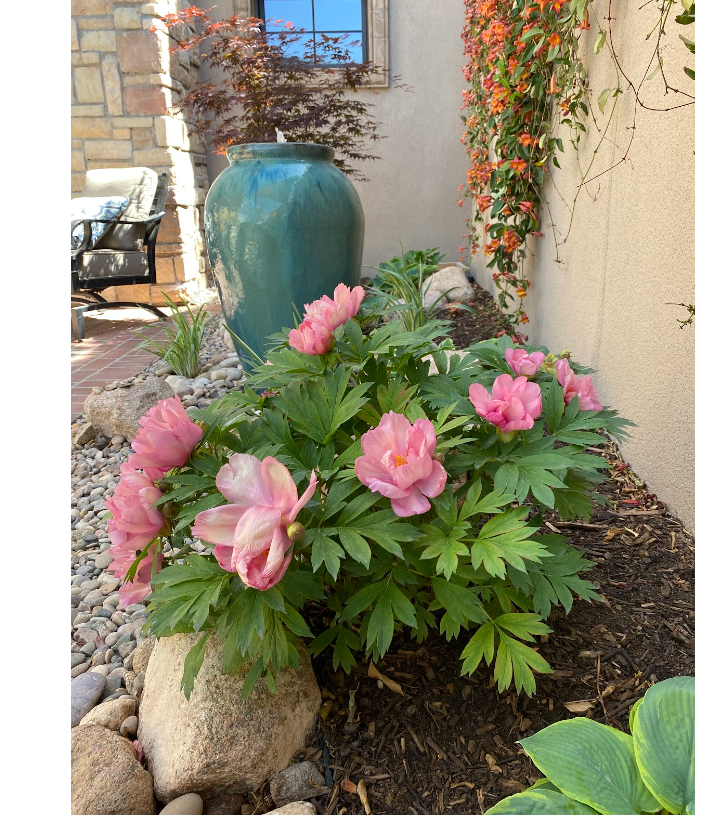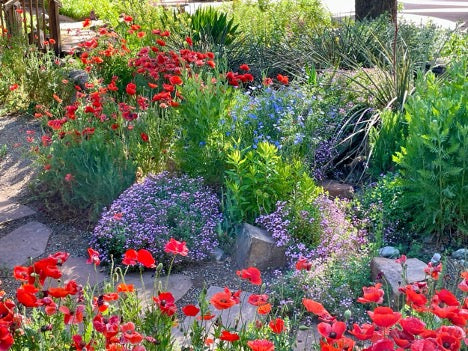No-Till Gardening for Raised Bed or In-Ground Vegetable/Annual Flower Gardens
No-till gardening is our recommended methodology for maintaining your raised beds or in-ground gardens where your annual flowers and vegetables are planted.
When soil is tilled, vital soil structure is destroyed, along with vast populations of beneficial organisms who inhabit it. In no-till gardening, rather than using tools to routinely “turn over” soil, it is more or less left alone. No-till gardening allows your soil ecosystem to grow and develop continuously, which leads to healthy soil that gets better year after year.
Instead of removing roots or plant bodies from your soil at the end of your growing season, no-till gardeners generally prefer to leave them in place. The remainder of your plants from the prior season serve as an important part of your garden’s winter ecosystem. The parts of the plants that are above ground provide hibernation spaces for insects like ladybugs, while the root system becomes a crucial habitat and food source for earthworms, bacteria and many other beneficial soil organisms.
Soil Care Schedule for Your In-Ground or Raised Bed Garden
Late Winter (late January-early March)
Step 1: Trim last season’s plants out at the soil line (or just below the soil) with pruners or a small hand saw, and leave the root system in place.
Step 2: Scrape any mulch from last season away from the growing area to expose the soil. Do not dispose of the mulch.
Step 3: Add a 2-3” layer of compost to the top of soil. No need to mix in, the microbes will do that for you as they process the new organic matter!
- SOILUTIONS RECOMMENDS: Soilutions Compost is an all-purpose nutrient blast with the essential microbial life needed to supplement your soil ecosystem, fostering an environment designed for maximum plant health.
Step 4: Add a 2” layer of mulch to the top of the soil. You can repurpose the mulch you removed in Step 2, add new mulch or do a combination of both.
- SOILUTIONS RECOMMENDS: Our Forest Floor Mulch is a terrific choice for raised beds since it contains 10% compost for added slow release nutrients.
Step 5: Allow these two completely natural additives to provide slow release nutrients and moisture that, along with the left-behind plant roots, slowly break down to rejuvenate the soil for your next planting season
Mid Summer (June-August)
During hot summer months, your plants are in high growth mode, while also often dealing with extreme temperatures. This means they are heavily feeding and could deplete the nutrients from your soil. Time for a boost!
Step 1: Top dress around each plant with 1-2 tbps. of Soilutons Soil Food, a high nitrogen boost that will feed your soil and in turn, your plants.
Step 2: MUST ADD MULCH! Hopefully your garden already has a layer of mulch, but if not, or if it is getting low, be sure to add mulch now. This essential step is the sunscreen for your soil. It locks in moisture and nutrients to keep your soil organisms happy and thriving.






